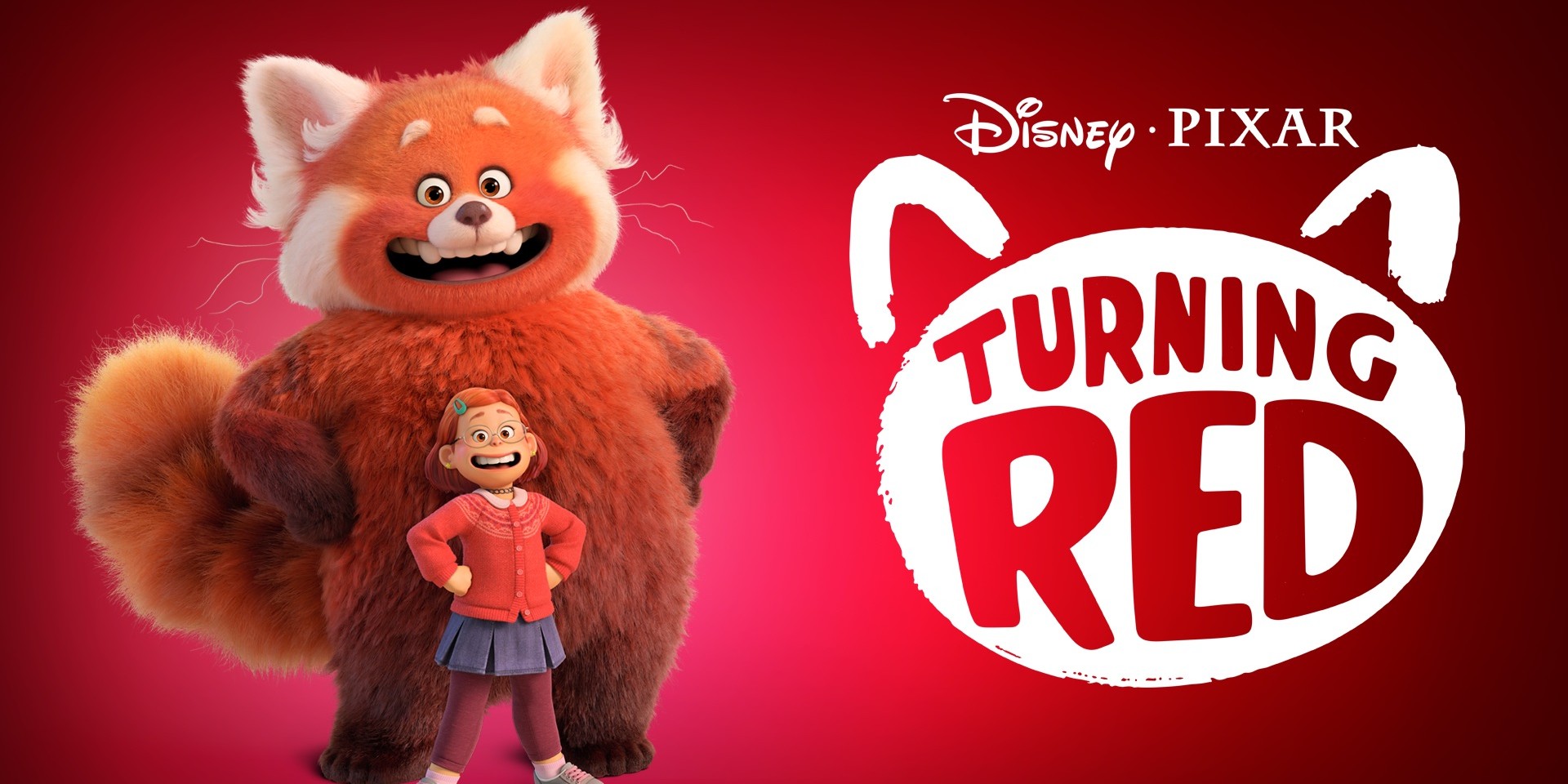The new movie Turning Red has taken the Asian community by storm. Like it or hate it, we’re all impressed that this movie got made, especially during the pandemic, with Asians getting a lot of hate. Or rather, I’m impressed, anyway. (Look up Asian hate crimes on Google at your discretion.) In this movie, we follow Lee Mei Lin, a Chinese Canadian girl who is 13 in 2002–who is dealing with trying to be her own person and trying to be her mother’s perfect child. But when she feels angry with her mother for humiliating her, she turns into a large and fluffy red panda.
Hilarity ensues at first as she tries to keep the secret, but slowly, due to the fact that her moods keep changing, the whole school is in on the secret, too. It is then revealed that it is part of a family blessing (or curse)—every woman in Mei Lin’s family is cursed with being able to transform into a red panda when they come of age, and all that they have to do is to get a shaman and seal the curse.
The story’s pretty amusing and coherent, but the fact that it’s about trauma gets glossed over as people keep talking about the fact that this movie depicts teen lust and–get this–periods! Something that has never been before mentioned in popular media! But so many people are caught up in arguing that it’s all about representation that they also forget that it’s also about generational trauma–please also refer to Encanto, please and thank you.

In both movies, the main character discovers that during the war, the family was blessed with a gift — in Encanto, each family member is given a special X-Men ability and in Mei Lin’s family, everyone has the ability to change into a red panda. But, in my interpretation, this blessing is more of a curse because it represents the trauma inflicted on them — the magical abilities in Encanto and Turning Red are a result of the need to protect from war, conflict, and suffering, and are thereby used as coping mechanisms for both families.
While the Madrigal family has come to embrace their abilities, the curse lies in the fact that the people with special abilities do not know who they are and that these abilities are used to keep the matriarch happy. On the other hand, Mei’s family hides the curse to fit into society, to be the perfect model minority, and to be the perfect daughter in front of her mother. Both magical abilities are handled differently, but with the same results. Both the younger generation represses themselves and is afraid to be, simply because of the trauma inflicted on them. This can be traced all the way to the men who killed the patriarch of the Madrigal family, and that, a long time ago, in ancient China, a family had to fend off invaders by changing into a red panda.
Of course, all of this gets glossed over in a kids’ movie because the movie rating would be changed if it didn’t. In both movies, both parent and daughter meet each other halfway, which makes for a lovely ending, but in real life, it does not always work that way. In real life, this takes therapy and it would be pretty boring to watch, to be honest. But these two movies with similar threads coming out one another after another is no coincidence. With the resurgence in talking about mental health and getting help, I think our popular media would reflect this sort of cathartic experience, too.
This is why Turning Red is a hit–it’s not just that it’s relatable, although the facial expressions of the characters are hilarious. it’s about self-knowledge and how we cope when we have the baggage of years of generational trauma.
The images used in this post belong to Disney and their creators.
